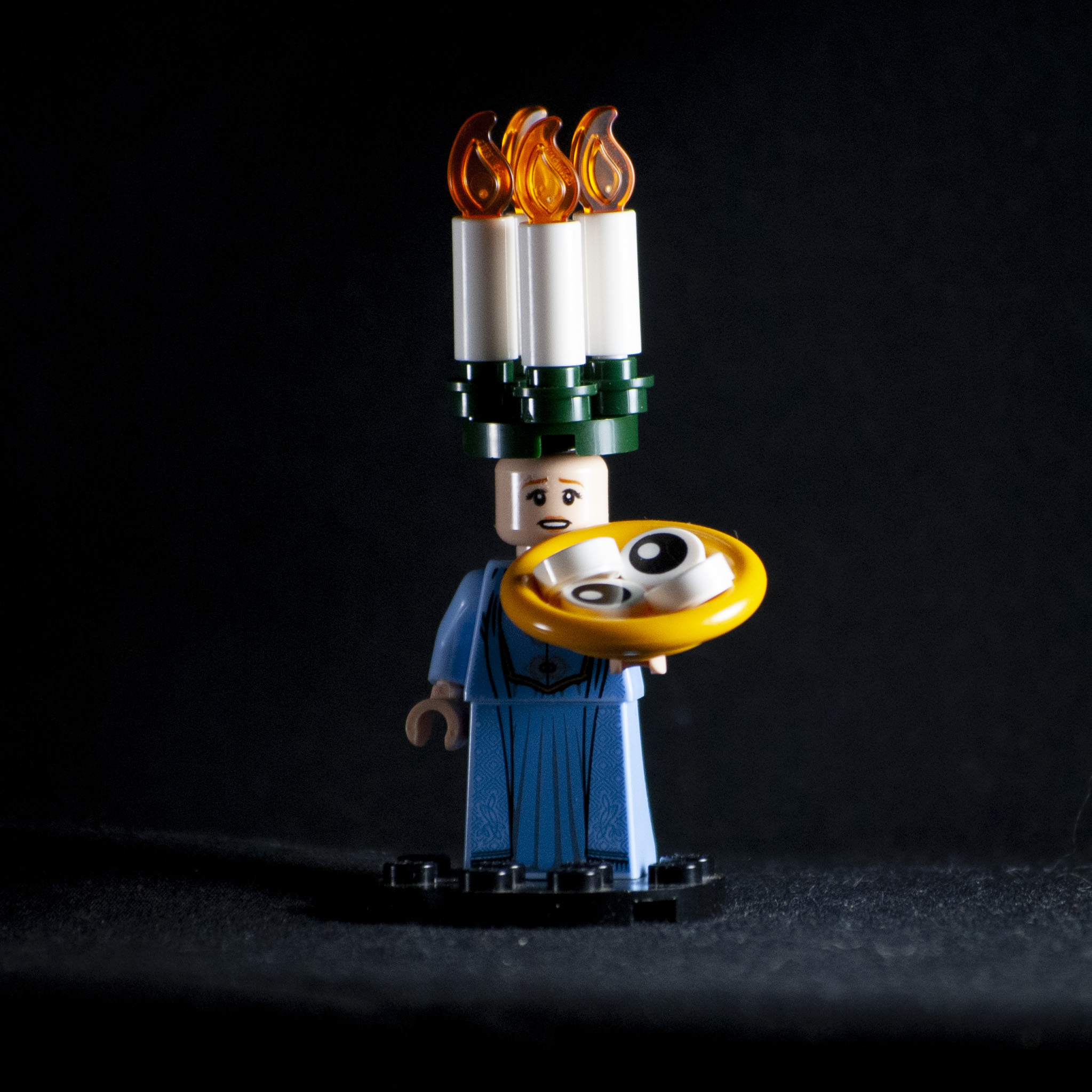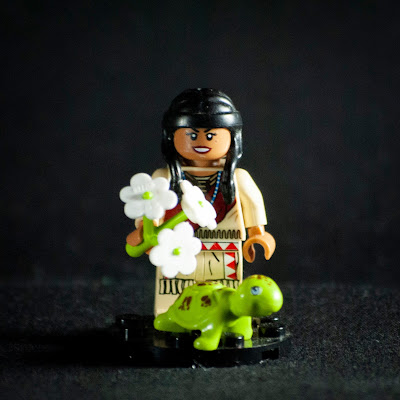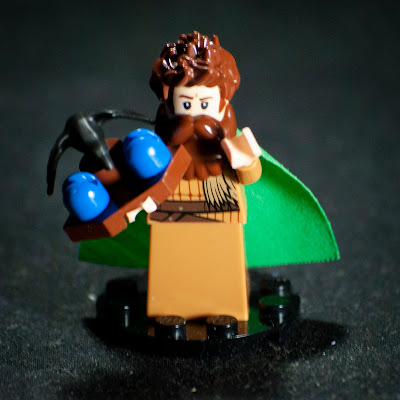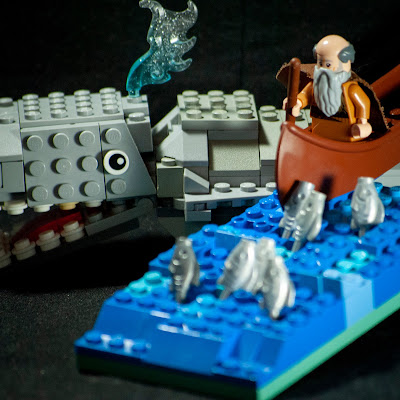St. Lucy of Syracuse

Not much is known for sure about St. Lucy (also known as St. Lucia), but there is plenty of legend around her as one of the saints that the early church venerated greatly. St. Lucy's Day is always celebrated during Advent, and was originally on the shortest day of the year, a nod to Lucy's name meaning "light", and points ahead to the light of Christ entering the world on Christmas Day. Lifetime: 283 to 304 Region: Syracuse, Sicily, Italy Patronages: The blind; Martyrs; Throat infections; Writers Iconograpy: Candle wreath on head; Platter of eyes; Sword; Quill Feast Day: December 13 Lucy was born to noble parents, her father Roman and her mother Greek, but her father died when she was only five. When Lucy was a little older, her mother contracted a deadly disease, which she suffered from for four years before Lucy heard a liturgy in Catania and the story of St. Agatha of Palermo. This liturgy referenced the gospel story of a woman dying of the same disease as Lu



















